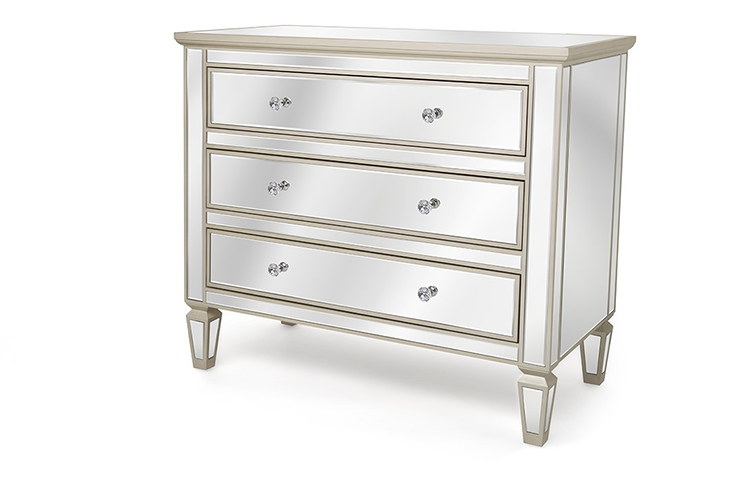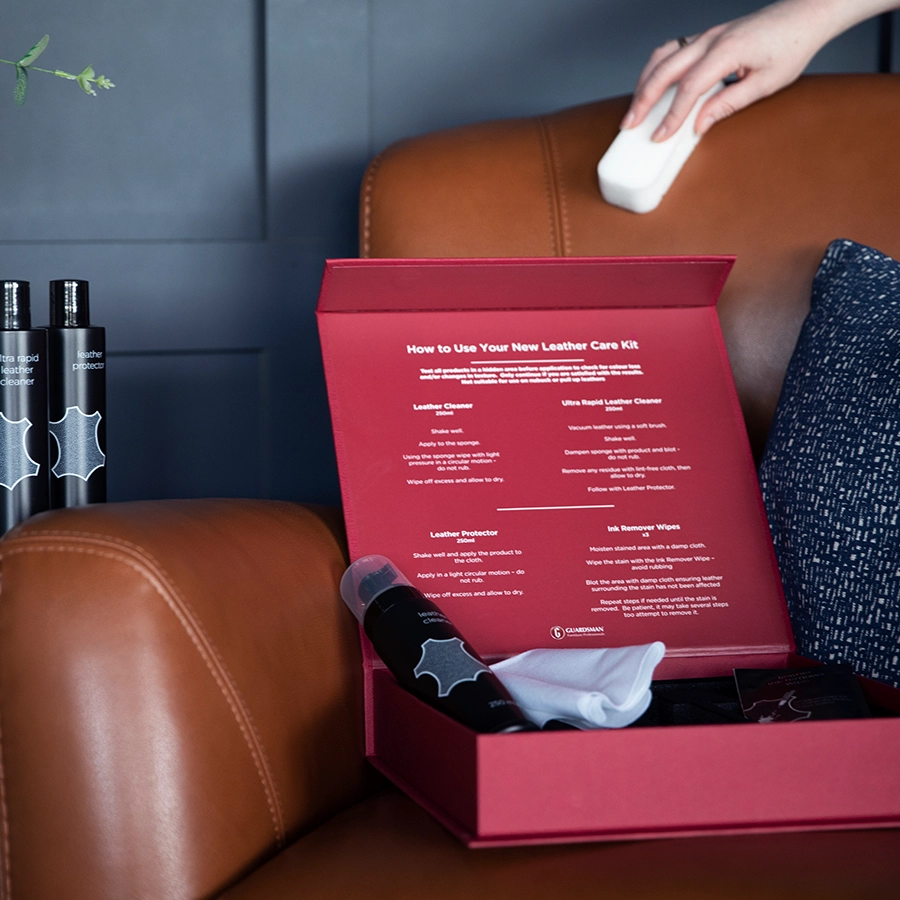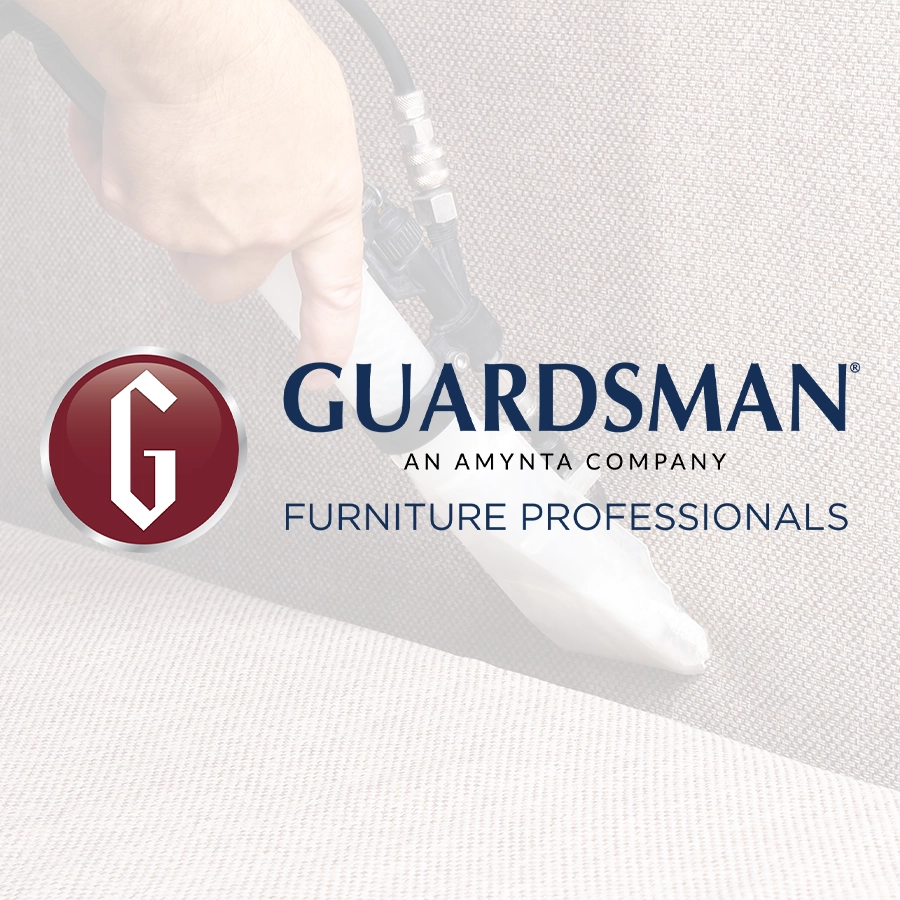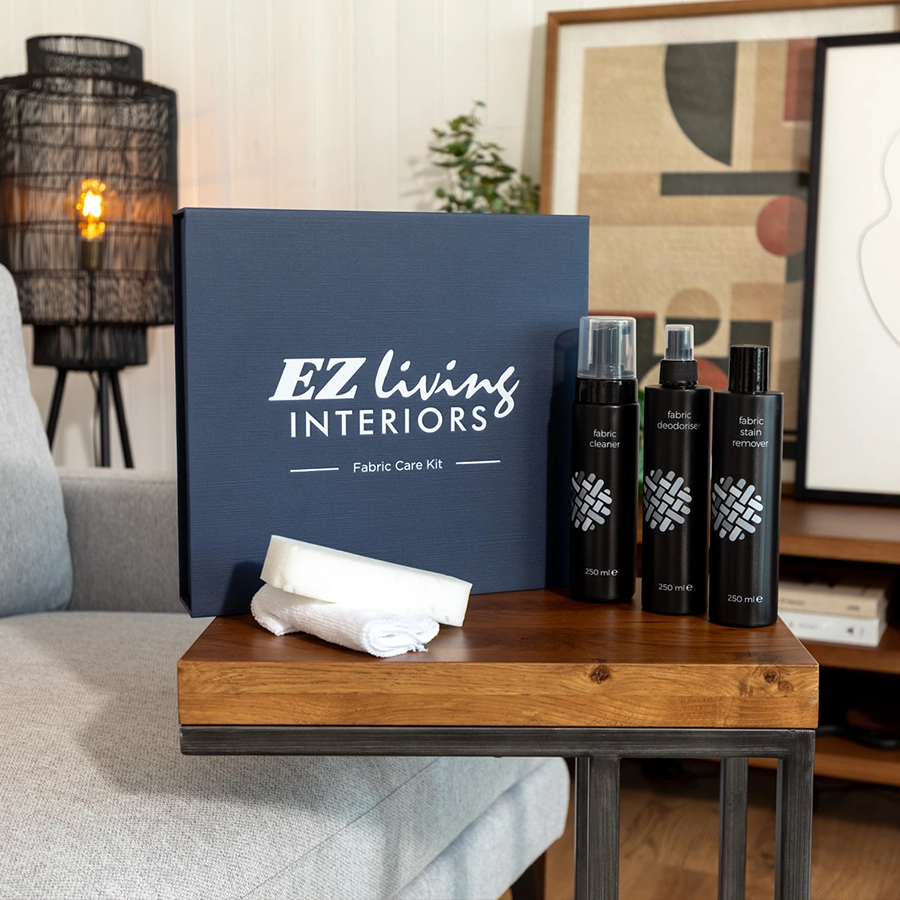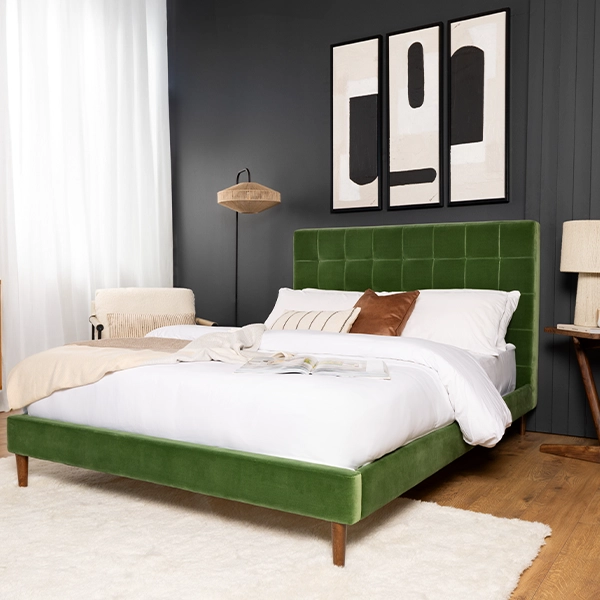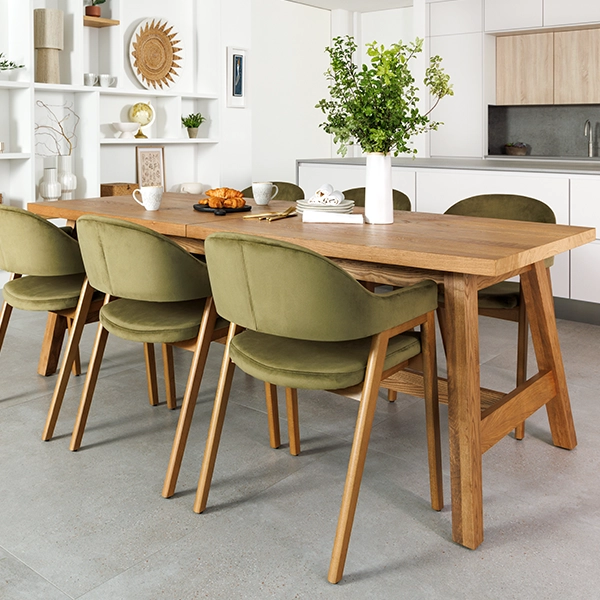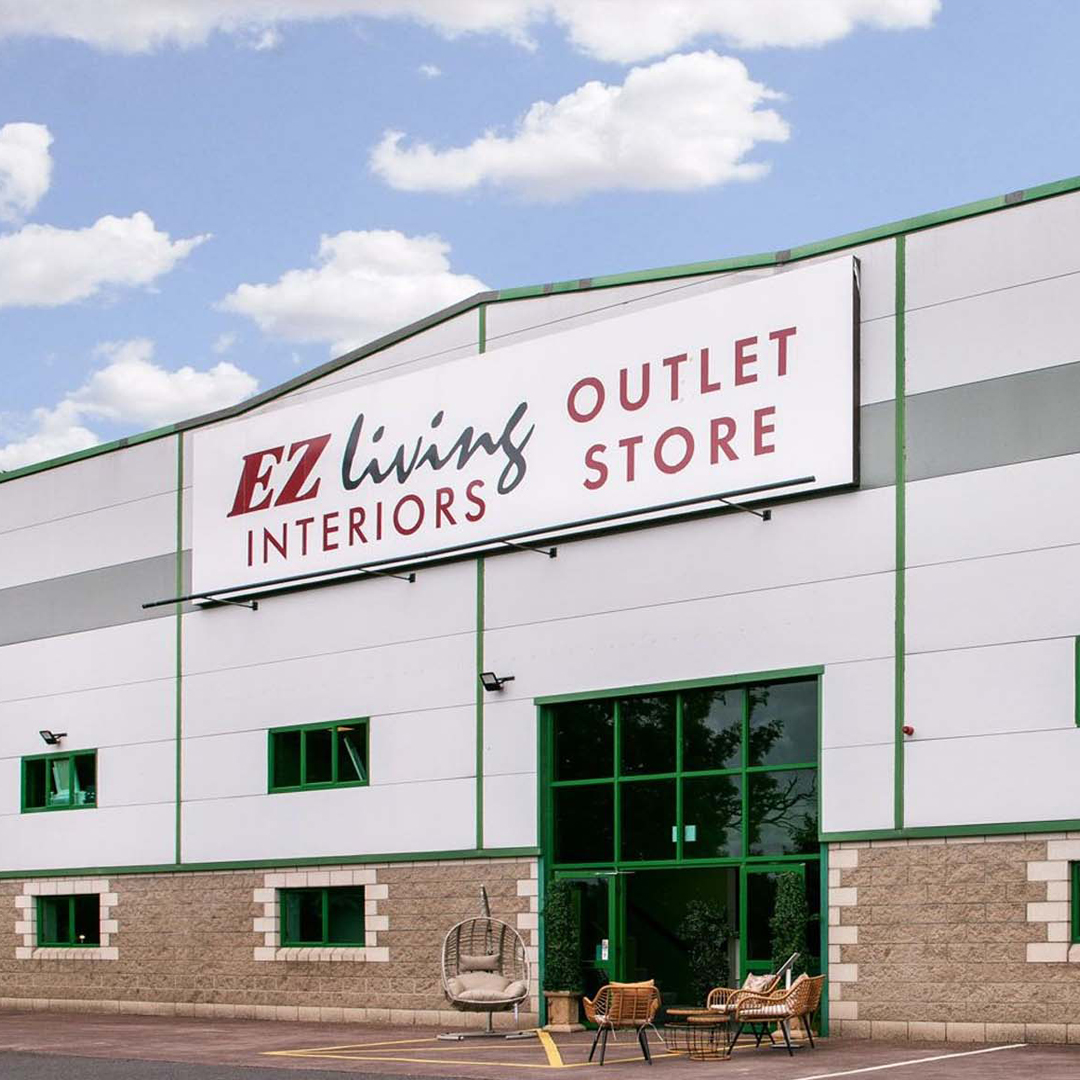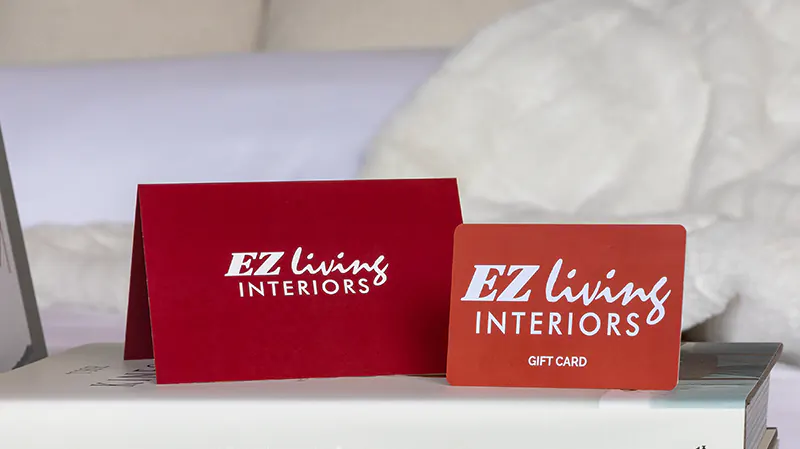Decorative mirrors are a fantastic accessory purchase for the home. They can take centre stage in a room, add function, accentuate light or they can provide a supporting role to the rest of a room’s accessories. It all depends on where you place them and there are some caveats that you can follow in order to select the best one for your needs!
Do Use Large Decorative Mirrors in Small Rooms
Mirrors will add depth to a room so if you have a small dining room for example, hang a decorative mirror of any shape on the wall to reflect your lighting/chandelier. It will make that lighting fixture stand out and it will give the illusion that the room is larger than it actually is. The bigger mirror the better in this instance. We would recommend the Sasha mirror in the likes of a small room because its frame is subtle in colour and texture yet its shape adds interest and elegance.
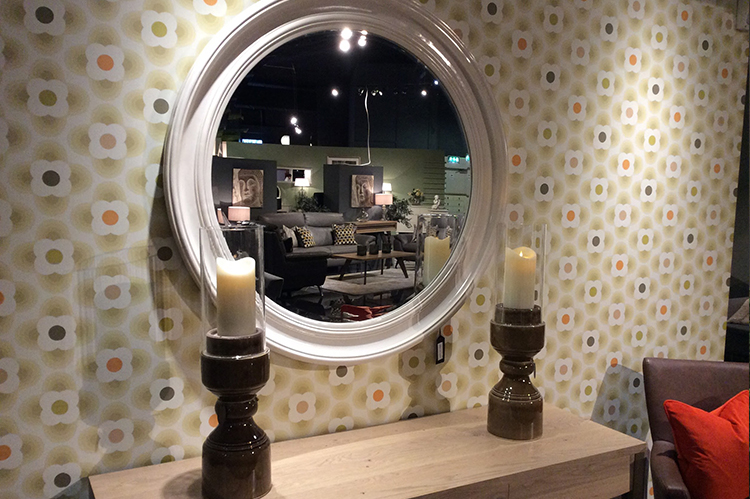
Don’t Choose Random Vacant Wall Space for a Decorative Mirror
It’s tempting to fill any empty space on your walls with a mirror but it’s best to think your placing through carefully. For example, you don’t want to place a mirror on a wall where it will be reflecting something that you don’t want attention drawn to and that looks like clutter such as a coat rack. Instead select a location(s) for a mirror where you will make an impact, add dimension, add function, creating a diversion, and so on.
Do Treat Decorative Mirrors as Pieces of Art

Decorative mirrors can be functional but some serve as practically a work of art over function and as a result, they can be hugely impactful in a particular space. With a decorative mirror, it’s best to keep nearby accessories minimal otherwise you could make the room too chaotic with lots going on. Consider carefully the space on the wall you select for this type of mirror and ensure the symmetry is accurate; if you want this decorative mirror to be the focus of the room, choose a wall and place the mirror as centrally as possible. You might have a sofa or console table to also follow to choose your centre point. We love our take on the contemporary classic decorative sunburst mirror which is the Inca pictured below. Place this beautiful decorative mirror over a console table in an entrance hallway or as a vanity mirror in an en-suite for stellar impact

Don’t Hang All Mirrors
Not all mirrors need to be attached to a wall. Add a more informal approach and use up vacant space by introducing an oblong or tall mirror and rest it against a wall. You can use up a dark corner and place a spotlight lamp behind the mirror to create a focal point out of an otherwise underutilised corner.
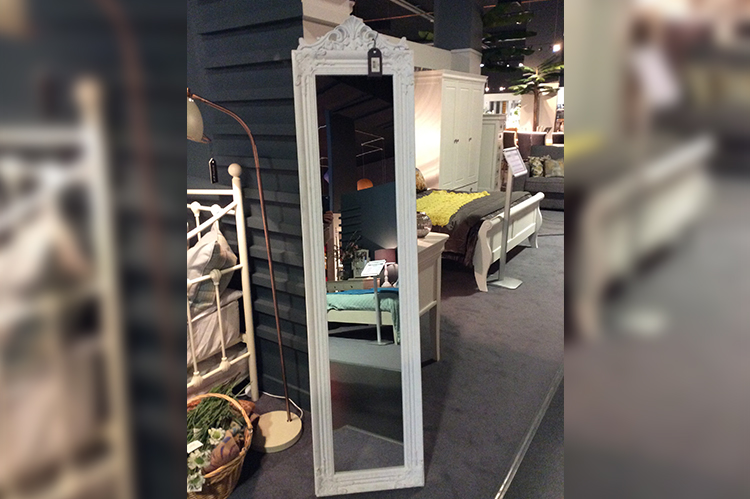
Don’t Go Overboard with Mirrors in the Kitchen & Bedroom
While creating your own interiors is about emphasising your own style and there shouldn’t be any rules when your own personal taste is concerned, the experts do say that mirror placement should be taken with caution in the likes of a kitchen. Splashes of water will stain and you’ll be kept busy clearing water marks. In bedrooms, mirrors will look nice above headboards but it’s best to not place a mirror opposite to your bed because it will reflect messy untidy beds and you’ll also be greeted with your own reflection first thing in the morning! Go against the grain for a bedroom mirror by choosing a rectangular shaped mirror (as opposed to a round mirror) and add a free standing desk for a bespoke vanity area. We adore the Windsor mirror below for its antique-style ornate detailing which would add glamour to any bedroom.
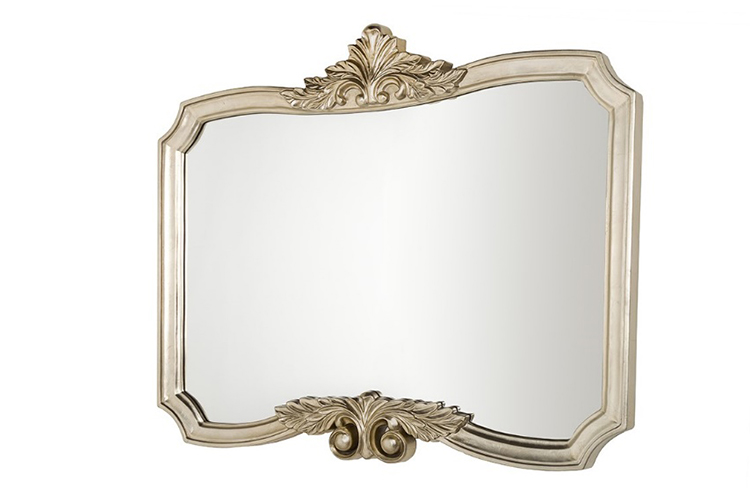
Do Obey the Rules of Feng Shui
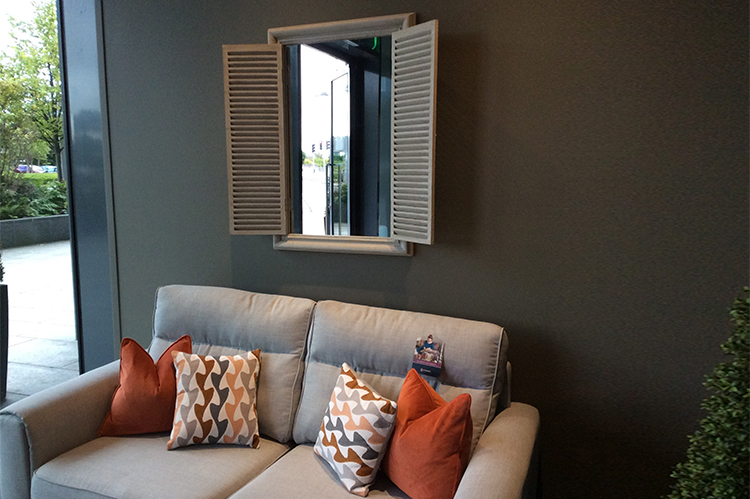
Mirrors are one of the most powerful interior tools of Feng Shui. There is lots to the concept but basically, the experts suggest that mirrors resemble the energy of water and placing a mirror in the likes of a living room will bring positive energy and add an air of calm and relaxation. Feng Shui also recommends mirror placement in entrance hallways as it’s said to convey a welcoming greeting.
Do Use Mirrors in Narrow Hallways & Staircases
You might think that a narrow hallway or a narrow staircase is somewhere that you should avoid putting anything that will place emphasis on it. However, while it might not be a place to hang some busy art, these types of places are actually the perfect spot for a well-chosen mirror. By adding a mirror or series of mirrors, you will create a diversion to the eye and make this area appear larger than it is. In terms of a narrow staircase, consider sourcing a long and narrow mirror and place it at an angle running along the wall to reflect the angle and extend the diversion.
Don’t Be Afraid to Use Multiple Mirrors Together

It might be difficult to think outside the box in terms of smaller mirrors. They can be a little perplexing about how to make the most of them but as seen in the image above, you could cluster a series of them together (and in varying colours) in order to make a bigger impact. This would be a fantastic display in the likes of a living room above a sofa as an alternative to “usual” feature walls. It also would work well above a sideboard in a dining room. Using multiple mirrors together also works well with larger circular mirrors; we love the idea of two or three (depending on the size of the room) of these elegant silver Lana mirrors on the wall of a large dining room to go with a sleek dining table and chairs.
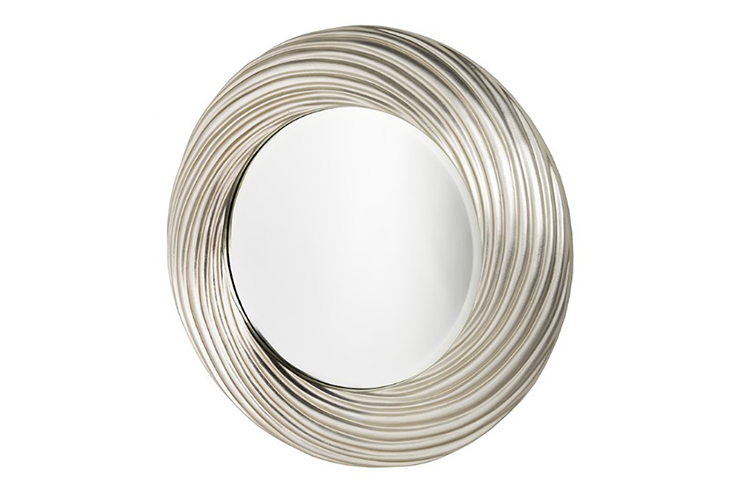
Don’t Forget Mirrored Furniture
An amazing and scene stealing addition to any room would be mirrored furniture; it is totally functional but looks so stylish and unique. Using mirrored furniture placed against a wall in a small room will help to give the illusion of a larger space. Isolated items of mirrored furniture can look as good as a whole set but if you are choosing one piece, try to keep your accessories thematic, for example metallic candleholders, metallic picture frames and so on.
